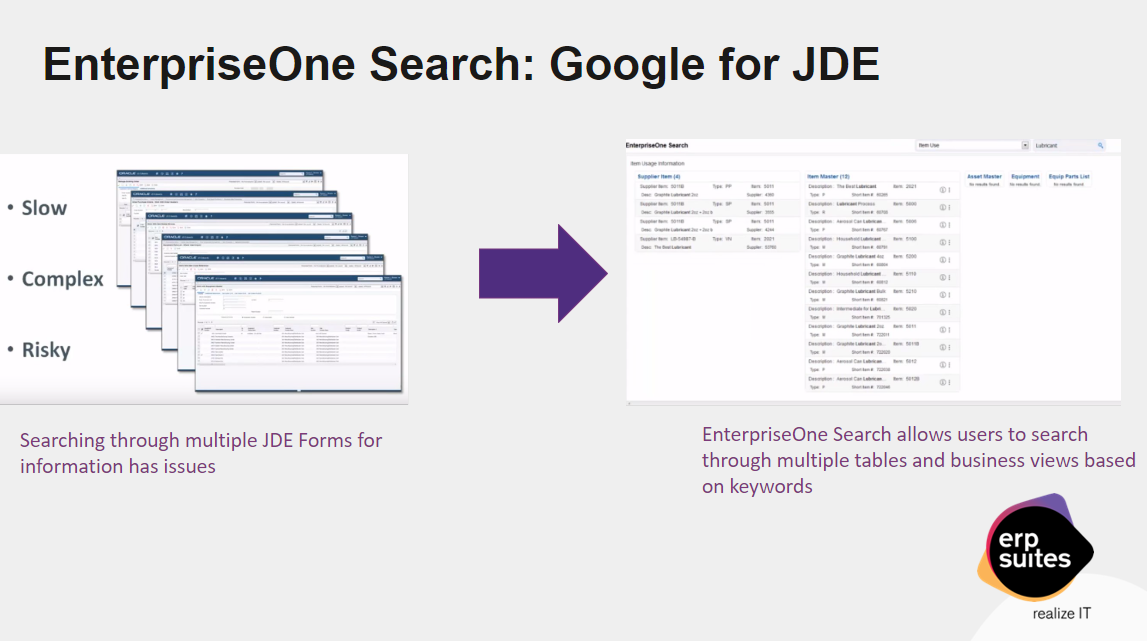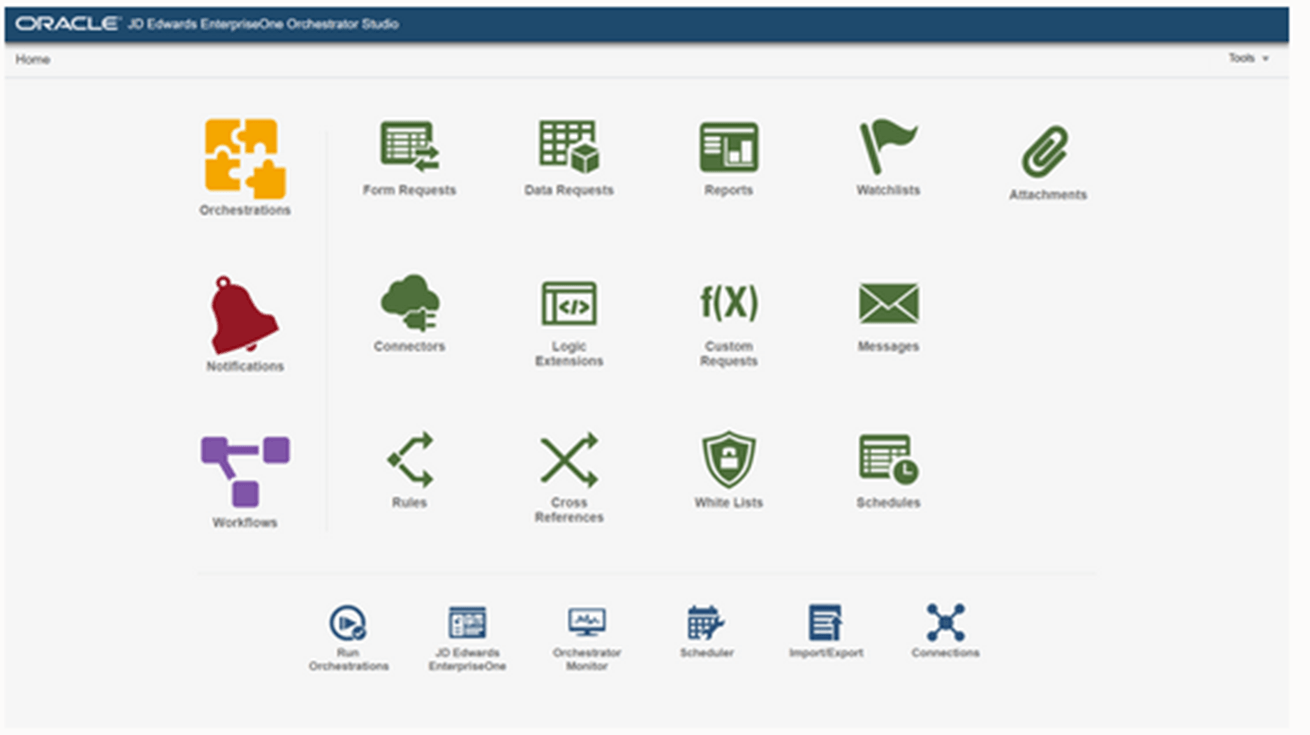Is Your AI Putting You at Risk? Crucial JD Edwards Compliance Tips You Need Now!
July 31st, 2025
2 min read
Abstract
AI governance and compliance are vital for businesses aiming to harness AI's potential responsibly while mitigating legal and ethical risks. In this episode of "Not Your Grandpa's JD Edwards," Trina Huntsman from ERP Suites explains the distinctions and overlaps between AI governance and compliance, emphasizing their importance and providing practical implementation strategies. Learn how proactive governance and thorough compliance can save your business from costly repercussions.
Table of Contents
-
Introduction
-
Understanding AI Governance
-
Clarifying AI Compliance
-
Governance vs. Compliance: Key Differences and Similarities
-
Implementing AI Governance and Compliance
-
Critical Areas for Initial Compliance Focus
-
Importance of Training and Human Oversight
-
Real-World Success Examples
-
ERP Suites' Approach to Governance and Compliance
-
Common AI Compliance Mistakes and Prevention
-
Conclusion and Call to Action
1. Introduction
Effective AI governance and compliance ensure businesses integrate AI safely and ethically. Trina Huntsman, an audit and compliance analyst at ERP Suites, provides insights on managing AI risks, regulatory expectations, and maintaining business trustworthiness.
2. Understanding AI Governance
AI governance involves establishing strategic frameworks, policies, and procedures to use AI responsibly and ethically. It includes risk management, accountability, regulatory compliance, transparency, and lifecycle management, helping businesses use AI effectively while minimizing risks.
3. Clarifying AI Compliance
AI compliance ensures AI systems adhere to laws, regulations, industry standards, and internal ethical policies. It addresses privacy, bias prevention, transparency, auditability, and risk management, helping companies avoid legal penalties and maintain trust.
4. Governance vs. Compliance: Key Differences and Similarities
-
Governance is internally driven, strategic, and defines responsible AI use.
-
Compliance is externally driven by laws and regulations, ensuring AI follows specific legal rules.
-
Both manage AI-related risks, rely on policies, enforce accountability, and aim for transparency.
Trina uses an analogy comparing governance to a navigation system and compliance to a speedometer and legal checklist.
5. Implementing AI Governance and Compliance
A phased, structured approach aligned with a company’s unique risk profile and regulatory environment is crucial. Begin by addressing high-impact areas with clearly defined rules and processes.
6. Critical Areas for Initial Compliance Focus
Initially address:
-
Data privacy and protection
-
Bias and fairness
-
Transparency and explainability
-
Regulatory alignment
-
Human oversight and accountability
-
Security and model integrity
-
Documentation and auditability
7. Importance of Training and Human Oversight
Training ensures employees understand AI governance and compliance requirements, preventing unintended information leaks. Human oversight ("human-in-the-loop") is essential for catching automated errors, maintaining accountability, and providing continuous oversight.
8. Real-World Success Examples
Companies like CoPilot, Gemini, and ChatGPT successfully implemented comprehensive governance and compliance frameworks, setting industry standards for responsible AI use.
9. ERP Suites' Approach to Governance and Compliance
ERP Suites proactively manages AI governance and compliance by:
-
Collaborating closely with vendors
-
Ensuring AI systems don’t feed sensitive data into external models
-
Maintaining strict data privacy policies
-
Conducting regular training for employees
Other companies can learn from ERP Suites’ proactive stance and rigorous policy enforcement.
10. Common AI Compliance Mistakes and Prevention
Common mistakes include:
-
Treating compliance as an afterthought
-
Ignoring data privacy laws
-
Overlooking biases
-
Lacking defined accountability
-
Poor documentation and monitoring
Avoid these by prioritizing proactive planning, defined accountability, regular training, and ongoing compliance monitoring.
11. Conclusion and Call to Action
Proactive AI governance and robust compliance frameworks are essential for mitigating risks and ensuring responsible AI use. ERP Suites provides tailored solutions to enhance your company's AI governance and compliance practices.
Contact ERP Suites today to fortify your business against potential AI-related risks and confidently innovate for the future.
If you found this episode valuable, subscribe, like, review, and share it with colleagues committed to responsible innovation.
Video Strategist at ERP Suites


.png?width=960&height=540&name=Blog%20Images%20(90).png)
.png?width=960&height=540&name=Blog%20Images%20(86).png)
.png?width=960&height=540&name=Blog%20Images%20(80).png)
.png?width=960&height=540&name=Blog%20Images%20(71).png)
.png?width=960&height=540&name=Blog%20Images%20(61).png)
.png?width=960&height=540&name=Blog%20Images%20(53).png)
.png?width=960&height=540&name=Blog%20Images%20(48).png)
.png?width=960&height=540&name=Blog%20Images%20(44).png)
.png?width=960&height=540&name=Blog%20Images%20(43).png)
.png?width=960&height=540&name=Blog%20Images%20(42).png)
.png?width=960&height=540&name=Blog%20Images%20(39).png)

.png?width=960&height=540&name=Blog%20Images%20(30).png)
.png?width=960&height=540&name=Blog%20Images%20(29).png)

.png?width=960&height=540&name=Blog%20Images%20(20).png)
.png?width=960&height=540&name=Blog%20Images%20(17).png)
.png?width=960&height=540&name=Blog%20Images%20(18).png)